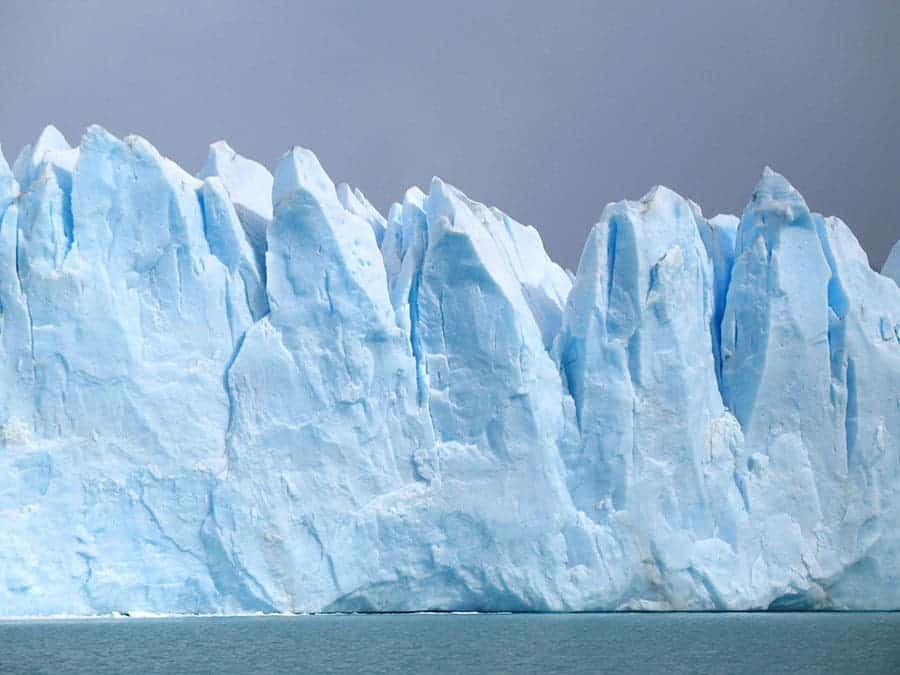Earth’s oldest glacial ice is located in the Tibetan Plateau of China. For over 15,000 years, it has been the host of a group of frozen viruses, most of them unknown until now.
Researchers have now discovered the viruses and warned that as climate change continues to melt more and more ice, more pathogens could also emerge.

The team analyzed two ice cores from the Tibetan glacier, unveiling the presence of 28 previously unknown virus groups. Investigating them will be key to learn which viruses have developed in different climates over time, researchers argued in their paper on server bioRxiv.
“The microbes differed significantly across the two ice cores, presumably representing the very different climate conditions at the time of deposition that is similar to findings in other cores,” the researchers wrote, claiming the experiment will help to establish a baseline for glacier viruses.
Sampling ice cores is no easy feat. You not only have to do it in the right conditions to ensure that the ice is unaffected, but you also have to ensure that no contamination is caused.
The team created a protocol for ultraclean microbial and viral sampling, applying it to two preserved ice core samples from 1992 and 2015. These cores were not handled in a way that prevents contamination during drilling, handling and transportation — which means that the exterior of the ice was most likely contaminated. In order to avoid this effect, researchers only analyzed the inside of the core, which was presumed to be unaffected.
The team worked in a cold room at minus 5 degrees Celsius (23 degrees Fahrenheit) to access the inner part of the cores, using a saw to cut 0.2 inches (0.5 centimeters) of ice from the outside later.
Then, the team used ethanol to wash and melt another 0.2 inches of ice and then sterile water to wash another 0.2 inches. This allowed them to access the inner layer to do their study, having in total shaved off about 0.6 inches or 1.5 centimeters of ice of the sample.
A total of 33 groups of viruses were found in the ice cores, of which 28 were completely new to science. “The microbes differed significantly across the two ice cores,” the researchers wrote, “presumably representing the very different climate conditions at the time of deposition.”
The growing temperatures of the world because of climate change is melting glaciers across the planet, so these viral archives could soon be lost, the researchers said. But that’s not the only bad news, as the ice melt could challenge our ability to stay safe from them.
“At a minimum, [ice melt] could lead to the loss of microbial and viral archives that could be diagnostic and informative of past Earth climate regimes,” they wrote. “However, in a worst-case scenario, this ice melt could release pathogens into the environment.”









